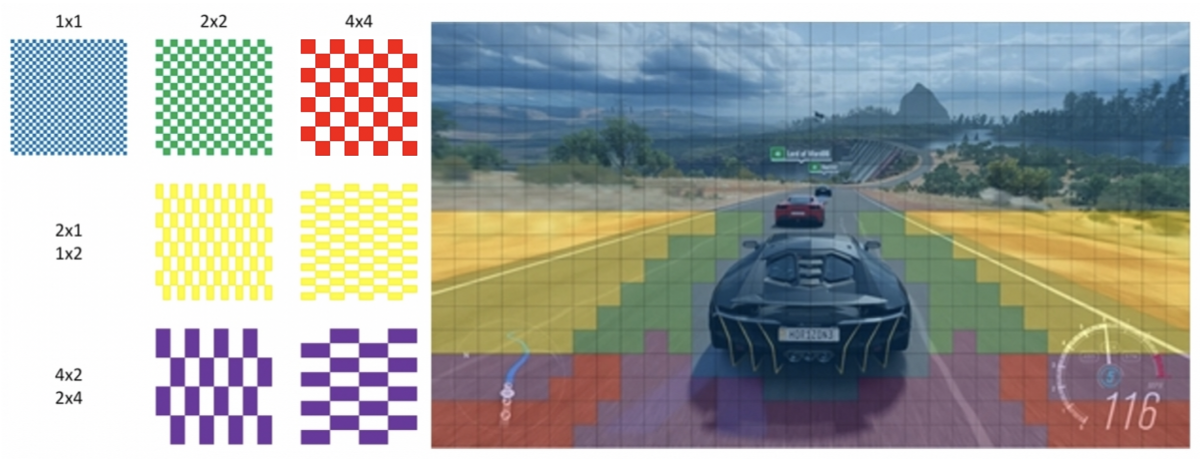The significance of HW VRS is it's place as a baseline feature available for deployment without the need to build something entirely from the ground up. While it's not necessarily better performance than a custom solution, and neither is Tiled Resources, and we can probably say the same things about primitive and mesh shaders, at the end of the day, not everyone has the budget, time or talent to create finely tuned solutions. And these baseline features are available for teams to deploy still despite not being necessarily the best in class.
I think it's important for someone looking in at these features and realizing smaller teams can get away with heavier lifts because these features are included with DirectX. They aren't optimal, sure, 1 size fits all usually never are, but its still desirable to have as an option if a team is looking for something that works that they can deploy and don't have a runway time of months of rendering budget to figure out the best way to do it custom.
In the same vein, it's like saying RTRT isn't really all that important on consoles because nvidia cards do it so much better, or that DLSS if it ever arrives on console isn't really all that important because nvidia does it so much better; it's really missing the point of the difference between the offering a feature set and the performance of a feature set.
We need the feature set, because when the graphical feature set can change, and in doing so, can the game design. We haven't seen games particularly with a lot of destruction particular because on top of being challenging, its incredibly hard to get good dynamic GI and lighting. Supporting a feature set that can handle this, is exactly why we need RTRT and we can scale performance as we require. And if performance is still missing, VRS can be an option for some games to leverage to make up that performance loss for those heavier features to meet the cycle.
On the general note of how tech discussion tends to flow: I think the idea that the complete maximization of every feature is only time to qualify that the console is fully maximized is likely a naïve perspective on things. The developers will use the underlying tools that are ultimately available to them only if they require them. It's the job of the designers and platform holders to design a console and development kit, API, and performance debugging tools that can adequately support a wide diversity of games engines and types to studio teams of various skills and sizes.
The tldr; features aren't some checkbox items that if a game uses it, means it's better or more optimized, or extracting more performance. It probably means really just means they needed it and it was useful to them. And I think this idea is getting lost in the conversation. Try writing your own custom virtual texturing system; it's not easy. Neither is writing a compute shader to generate triangles, and I can't imagine making your own VRS solution easy either. It's already hard enough to use the features as is.

